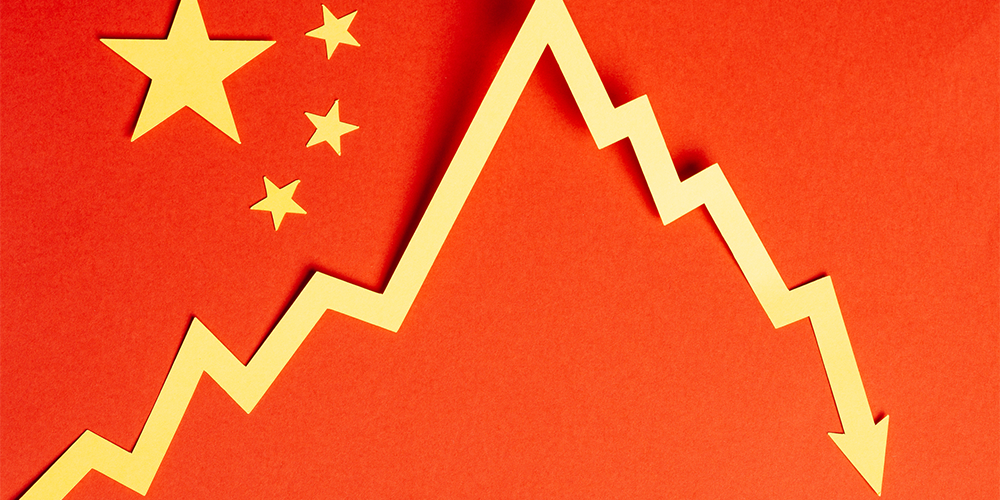China’s economy continues to face a series of challenges, marked by declining growth in key sectors, a slowdown in consumer spending, and persistent structural issues. These trends are prompting renewed concerns about the long-term trajectory of the world’s second-largest economy and its impact on global markets.
Key Indicators of Slowdown
The property sector, a cornerstone of China’s economic growth for decades, remains a major area of concern. With significant debt burdens and declining property sales, major developers have struggled to maintain stability, contributing to broader financial uncertainty.
In addition, consumer confidence has been dented by high youth unemployment and muted wage growth. Retail sales and industrial output have grown slower than expected, indicating a broader hesitation among consumers and businesses to invest or spend.
The aging population adds another layer of complexity. With fewer young workers entering the labor market, China’s demographic dividend — once a key driver of its economic miracle — is gradually eroding.
Policy Measures and Their Effectiveness
To counter these headwinds, the Chinese government has introduced several measures aimed at stabilizing the economy. These include cutting interest rates, easing property market restrictions, and providing fiscal stimulus to encourage infrastructure investment.
However, the effectiveness of these policies has been mixed. While short-term liquidity injections have prevented immediate crises, they have not substantially boosted consumer demand or alleviated long-term structural challenges.
Global Implications
China’s economic slowdown is not just a domestic issue but a global one. Countries heavily reliant on Chinese imports and investments, especially in Asia and Africa, are bracing for potential ripple effects. Moreover, reduced Chinese demand for commodities like oil and metals could lead to price declines, affecting resource-rich nations.
Outlook
Economists suggest that while China’s economy may stabilize in the short term, achieving sustainable long-term growth will require significant reforms. Diversifying the economy away from its heavy reliance on property and exports, fostering innovation, and addressing demographic challenges are seen as critical steps for the future.
As China navigates these turbulent times, the global community will closely watch how the country balances short-term measures with the structural changes necessary to sustain its economic dynamism.
From Our Editorial Team
Our Editorial team comprises of over 15 highly motivated bunch of individuals, who work tirelessly to get the most sought after curated content for our subscribers.


